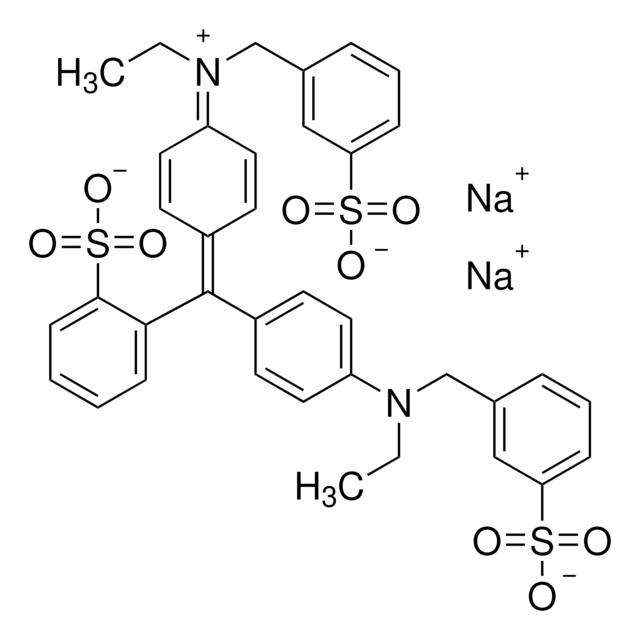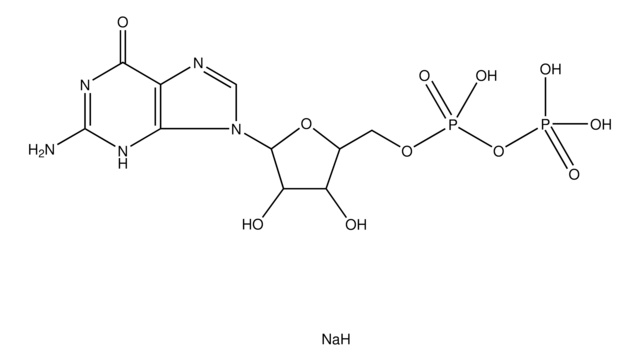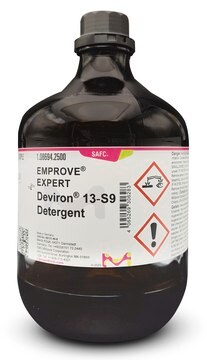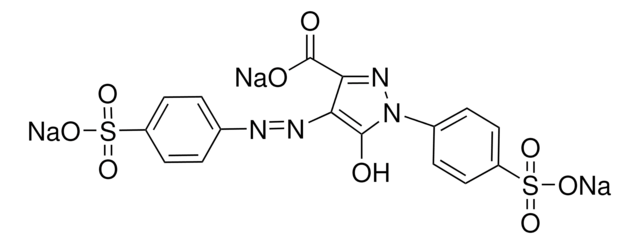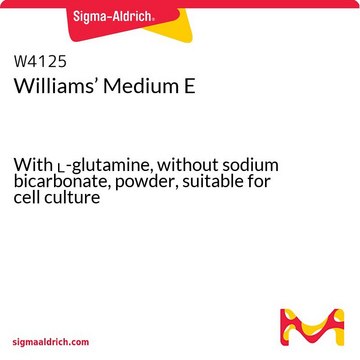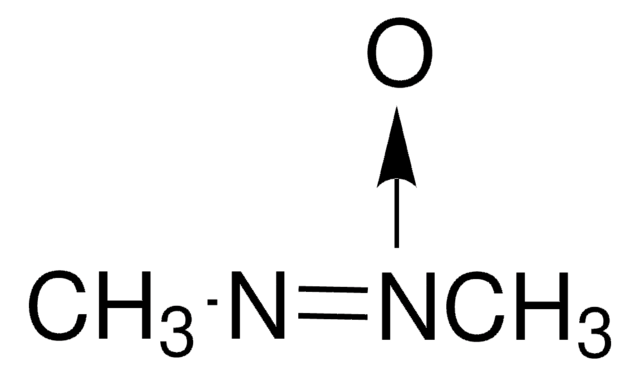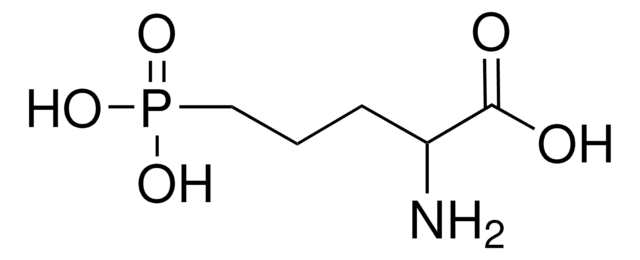A1420
Ames′ Medium
With L-glutamine, without sodium bicarbonate, powder, suitable for cell culture
Sign Into View Organizational & Contract Pricing
All Photos(1)
About This Item
UNSPSC Code:
41161501
NACRES:
NA.75
Recommended Products
Quality Level
form
powder
technique(s)
cell culture | mammalian: suitable
components
glucose: 1.081 g/L (Dextro)
NaHCO3: no
L-glutamine: 0.073 g/L
shipped in
ambient
storage temp.
2-8°C
General description
Ames′ Medium has been formulated to support retinal tissue in relatively short-term culture. It is suitable for maintaining central nervous system tissue in vitro.
Application
Ames′ Medium has been used to maintain rat/mice/macaque monkey eye for the isolation of retina.
Quantity
Formulated to contain 8.8 grams of powder per liter of medium.
Reconstitution
Supplement with 1.9 g/L sodium bicarbonate.
Storage Class Code
11 - Combustible Solids
WGK
WGK 2
Flash Point(F)
Not applicable
Flash Point(C)
Not applicable
Choose from one of the most recent versions:
Already Own This Product?
Find documentation for the products that you have recently purchased in the Document Library.
Customers Also Viewed
Antoine Chaffiol et al.
Molecular therapy : the journal of the American Society of Gene Therapy, 25(11), 2546-2560 (2017-08-16)
The majority of inherited retinal degenerations converge on the phenotype of photoreceptor cell death. Second- and third-order neurons are spared in these diseases, making it possible to restore retinal light responses using optogenetics. Viral expression of channelrhodopsin in the third-order
Qiuju Jiang et al.
IEEE transactions on neural systems and rehabilitation engineering : a publication of the IEEE Engineering in Medicine and Biology Society, 26(5), 969-976 (2018-05-13)
Significant progress has been made recently in treating neurological blindness using implantable visual prostheses. However, implantable medical devices are highly invasive and subject to many safety, efficacy, and cost issues. The discovery that ultrasound (US) may be useful as a
Shijun Weng et al.
Journal of biological rhythms, 24(5), 391-402 (2009-09-17)
Intrinsically photosensitive retinal ganglion cells (ipRGCs) project to the suprachiasmatic nucleus (SCN) and are essential for normal photic entrainment of global circadian rhythms in physiology and behavior. The effect of light on the central clock is dependent on circadian phase
Kasey Rose et al.
Molecular neurodegeneration, 12(1), 28-28 (2017-04-13)
Light exposure triggers movement of certain signaling proteins within the cellular compartments of the highly polarized rod photoreceptor cell. This redistribution of proteins between the inner and outer segment compartments affects the performance and physiology of the rod cell. In
Michael B Manookin et al.
The Journal of neuroscience : the official journal of the Society for Neuroscience, 28(16), 4136-4150 (2008-04-18)
Cone signals divide into parallel ON and OFF bipolar cell pathways, which respond to objects brighter or darker than the background and release glutamate onto the corresponding type of ganglion cell. It is assumed that ganglion cell excitatory responses are
Our team of scientists has experience in all areas of research including Life Science, Material Science, Chemical Synthesis, Chromatography, Analytical and many others.
Contact Technical Service